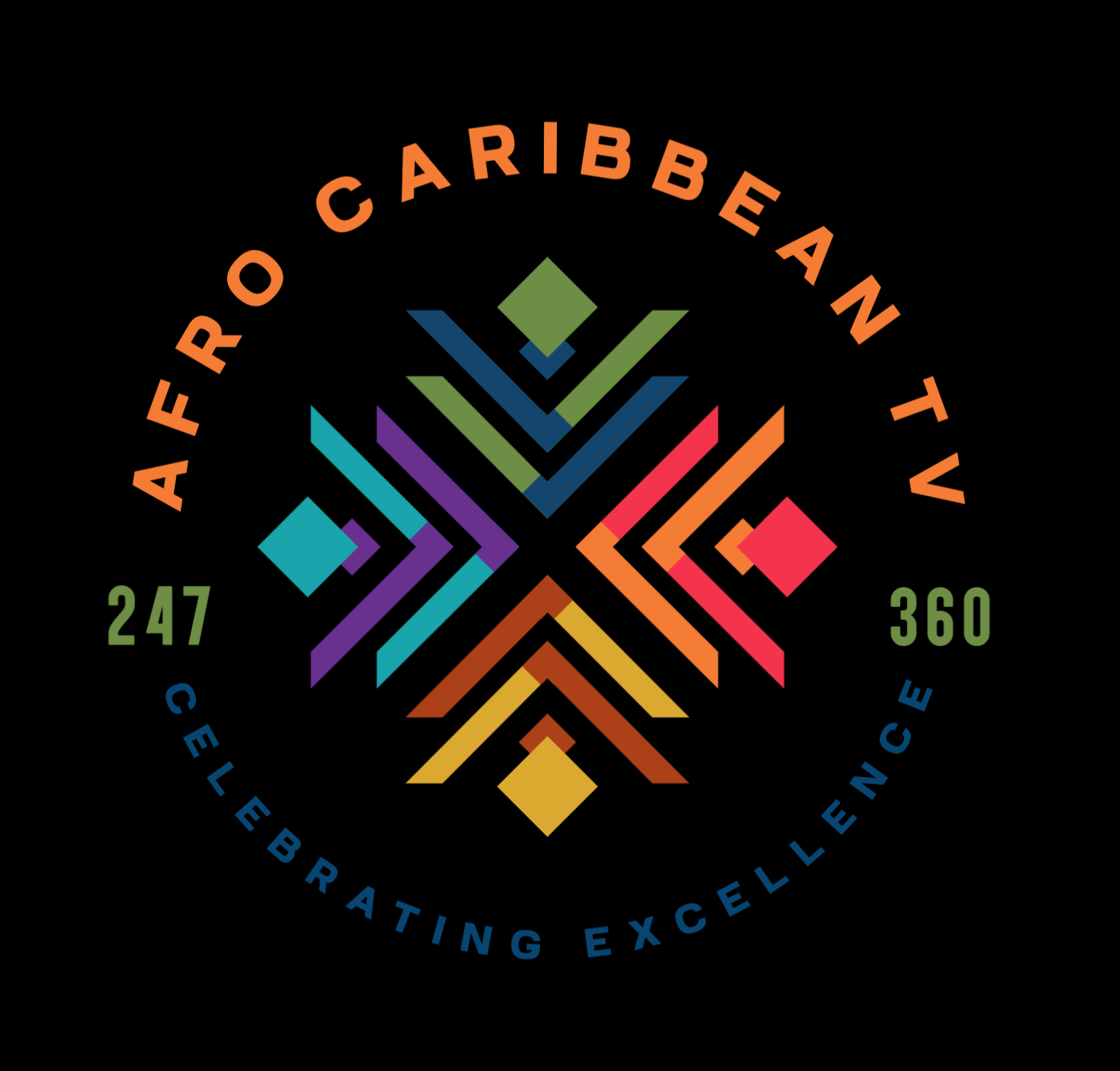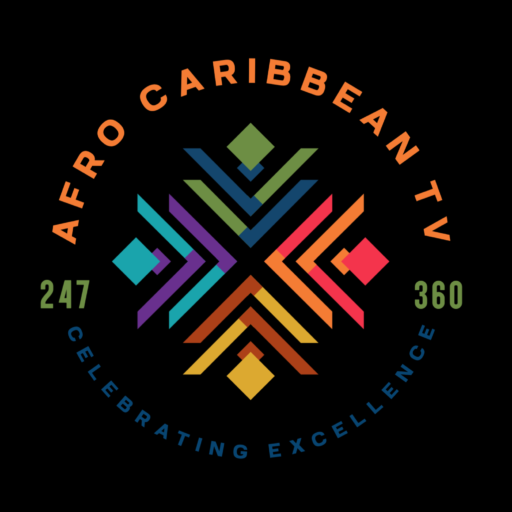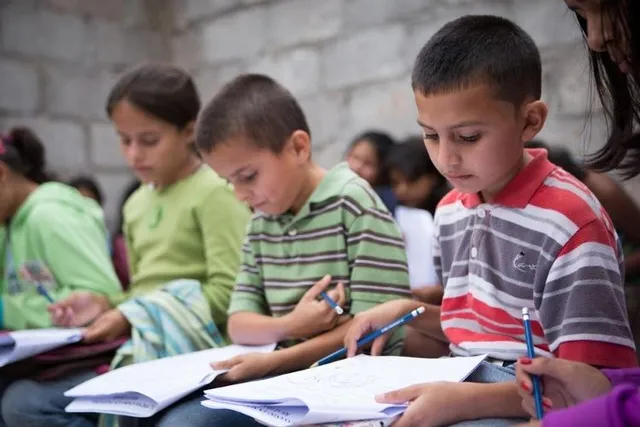Here’s a comprehensive look at the education system in Honduras, including its structure, challenges, achievements, and emerging initiatives:
1. Education Structure & Governance
Formal Education Levels
- Education in Honduras follows a structured system of pre-primary, primary, lower secondary, upper secondary, and tertiary stages.
- Primary education (ages 6–12) is mandatory and publically funded, but completion and transition remain challenges.
- Secondary education is divided into two cycles:
- Lower Secondary (grades 7–9)
- Upper Secondary (grades 10–12), which offers both academic and technical-professional tracks (e.g., agriculture, industrial trades, business, environmental studies).
- Tertiary education includes universities and vocational institutes. The UNAH (National Autonomous University of Honduras) regulates and recognizes higher education institutions. Admission typically requires secondary completion and entrance exams
Governance & Reform
- The Ministry (Secretaría) of Education oversees policy, curriculum, and textbook distribution, with inspectors maintaining standards nationwide.
- Following Hurricane Mitch (1998), a sweeping education reform extended compulsory education through lower secondary, revamped governance, and introduced dual tracks in upper secondary.
2. Access, Equity & Learning Outcomes
Enrollment & Completion Rates
- Despite widespread primary enrollment (90%+), fewer than half complete it properly; only around one-third continue to secondary school.
- Only fewer than 7% of eligible students attend higher education.
- On average, students complete just 8 out of 13 years of compulsory education.
Literacy Levels
- Youth literacy (ages 15–24) is strong at ~96% as of 2019.
- Adult literacy is lower, estimated at around 89%, with minimal gender disparity.
Disparities & Challenges
- Access remains highly unequal: poverty, rural geography, and lack of infrastructure significantly hinder attendance and completion.
- Gender inequality persists: girls are more likely to drop out, although recent data shows that school life expectancy is slightly higher for girls (11 years) than boys (10 years)
- Quality issues such as under-trained teachers, poor infrastructure, outdated curricula, and large class sizes (e.g., 1:33 student-teacher ratio) continue to undermine learning.
3. Reforms & Innovative Programs
National Strategies
- The PRESENA Strategic Plan (2024–2033) aims to overhaul education to reduce inequality, improve governance, and enhance learning quality—especially in underserved regions.
Targeted Interventions
- In rural Copán, a pilot program by Red Solidaria, backed by the IDB, leveraged tutors (including community leaders) to reach students via phone calls, videos, and in-person sessions—even in coffee fields. The initiative served over 5,500 children, exceeding its 3,000 target, and recorded improvements in literacy and numeracy.
Supporting Initiatives
- Lunches for Learning, a U.S.–Honduran nonprofit, provides school meals to improve attendance among public school students.
- The PROHECO program delivers alternative, community-based education to children in rural and remote zones.
4. Higher Education Highlights & Institutions
Several notable institutions are shaping tertiary learning in Honduras:
- University of San Pedro Sula (USAP): Established in 1977 as the first private university, USAP emphasizes sustainability (solar energy, green campus), STEM, lifelong learning, and houses CampusTV—an educational media platform. It collaborates with Arizona State University.
- Central American Technological University (UNITEC): Founded in 1987, UNITEC is respected for its academic excellence, entrepreneurship, and innovation. It operates campuses in key cities and serves over 17,000 students.
- Mazapan School: A bilingual (English-Spanish) preK–12 institution in La Ceiba offering dual U.S. High School Diploma and Honduran Bachillerato, catering primarily to expatriate and local families.



